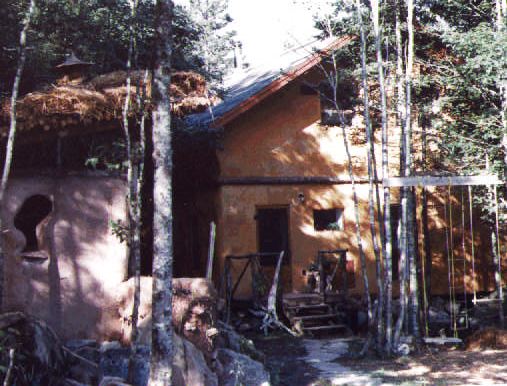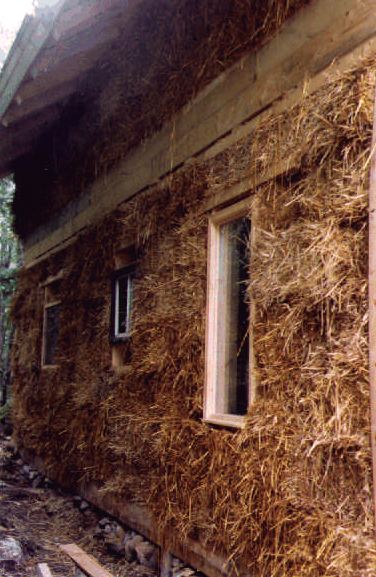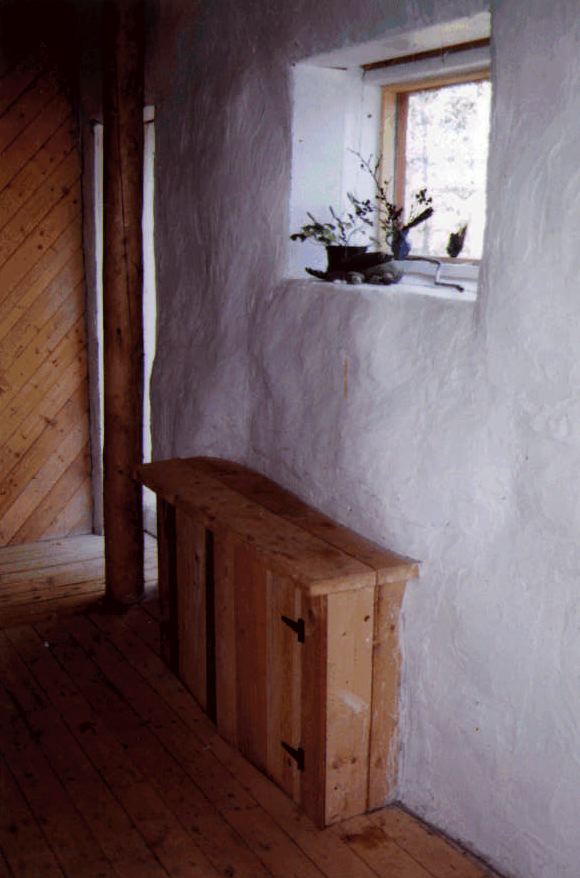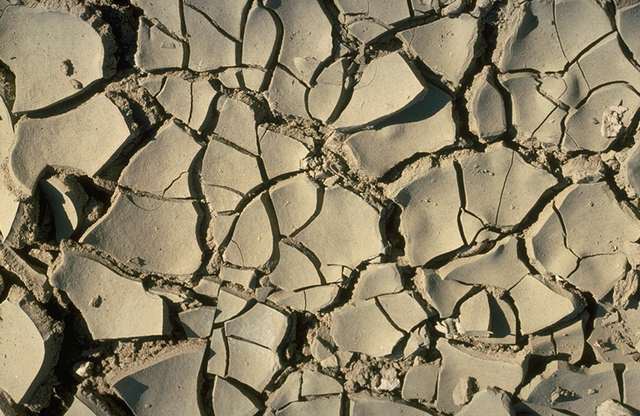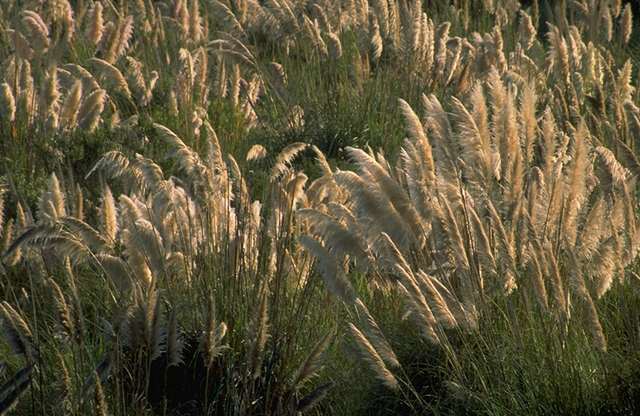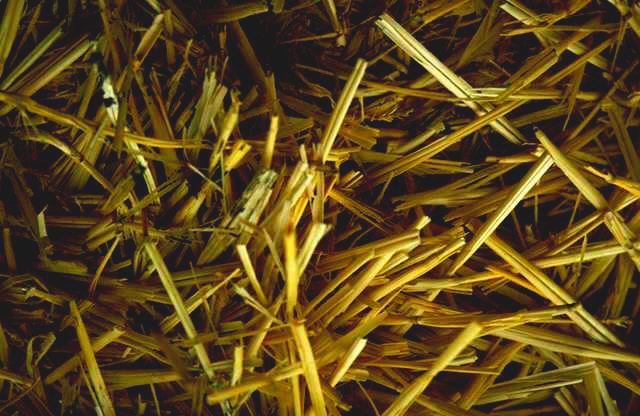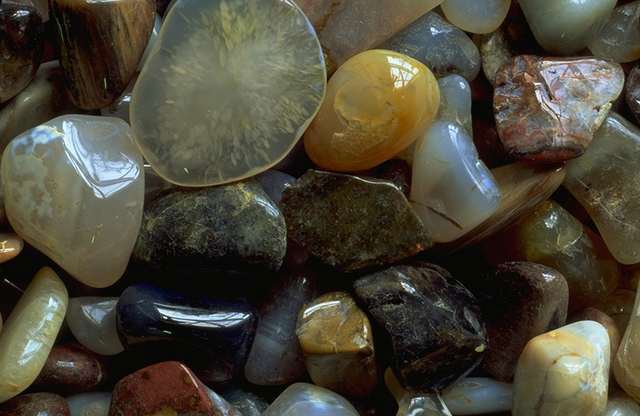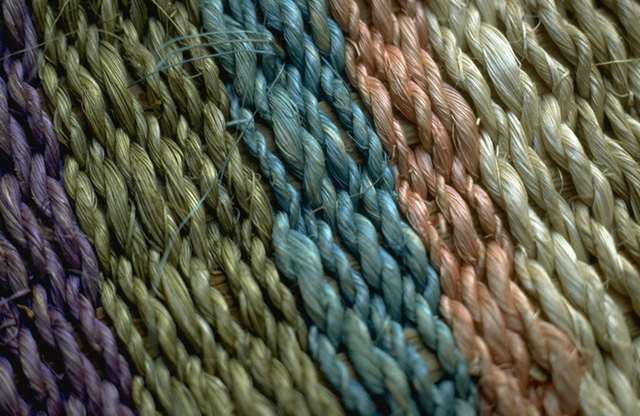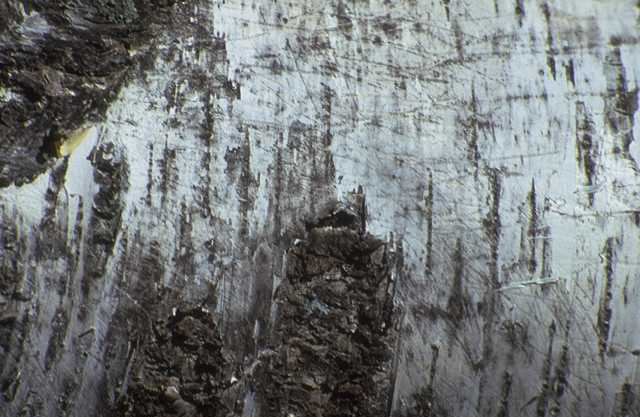in Ship Harbour
A house built of straw! Three little pigs you think, fire, rodents, rot! Common comments and concerns, but a different sort of structure than the first little pig's, and one that need not merit any of those concerns.
In the summer of 1993 a two story load bearing straw bale building was constructed in Ship Harbour, an hour from Halifax. It houses a home based herbal business and an educational and design centre for straw bale construction. It was the first code approved load bearing straw bale building in Canada.
Straw can be used as insulation only within a post and beam framework or can be load bearing, where the bales are laid like bricks in a running bond. In both situations the bales are generally finished with parging (stucco or plaster) both inside and out creating a sealed envelope around the bales. This envelope and the compactness of the bales contribute to a fire retardation level which is better than that of stud frame construction. Lime in the plaster mix is sometimes cited as the reason rodents aren't a problem (as long as the bales are covered fairly quickly). The insulation value of straw bales varies from R40 to R60 depending on the width of the bales, which makes straw buildings very warm in the winter and cool in the summer, more than doubling what is required to meet R2000 standards, and this from a non-toxic material.
Other virtues of straw bale construction include the fact that straw is an annually renewable local resource; that it is user-friendly and affordable. Labour costs can be cut significantly as the owner can do more of the work normally hired out to specialists, and of course because of the high insulation value, there are long term savings in operating costs to heat and cool the building. Bale walls resemble old world or adobe buildings, they are quiet and can easily be integrated into solar efficient designs.
Any kind of foundation and any kind of roof can be used with straw bale construction. The finished look has to do with pocket book, local resources and personal taste. Anything is possible with detailing which bears in mind the nature of the materials being used.
There now twelve code approved straw bale buildings in Atlantic Canada. These and other projects in the Yukon, Alaska, New Zealand, Finland, Wales and elsewhere are proving this is a building method which is as viable in our northernly maritime climate, as in the dry midwest states where it evolved at the turn of the century. (note: there are buildings still being lived in from that time).
Straw Bale Projects has worked with the National Research Council, CMHC and TUNS for three years, monitoring the relative humidity and temperature in the walls as well as doing structural testing in lab on straw. The results of this research have been published along with a manual which details the Ship Harbour project and accompanies a 22 minute documentary entitled Straw Bale Construction: Beautiful Sustainable Buildings.
